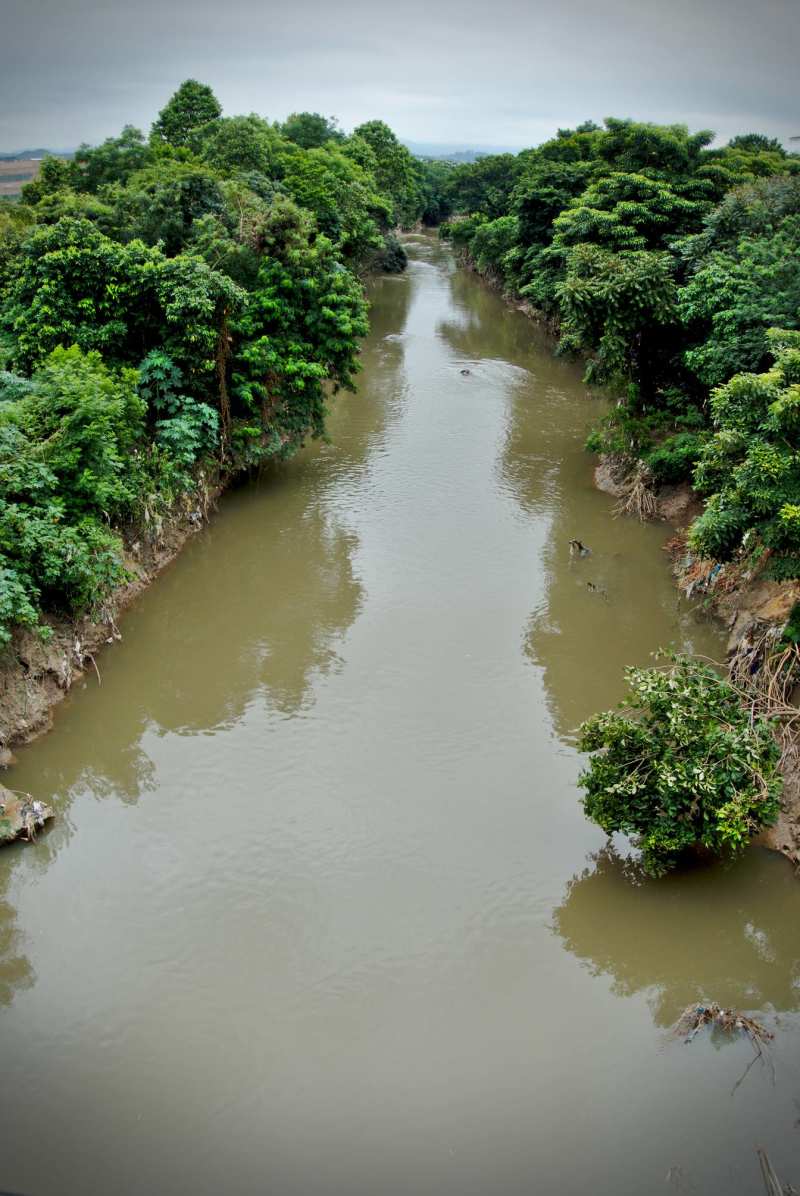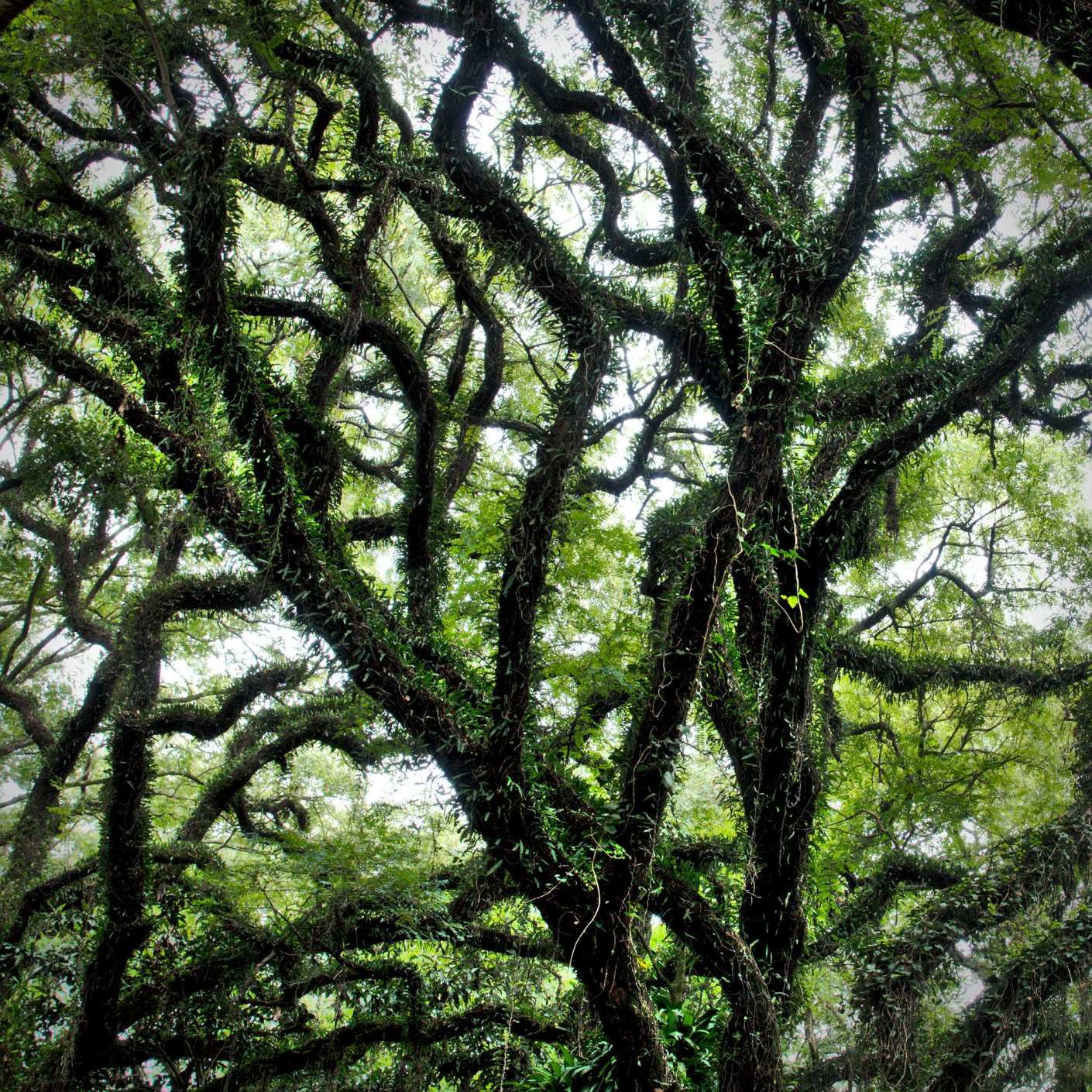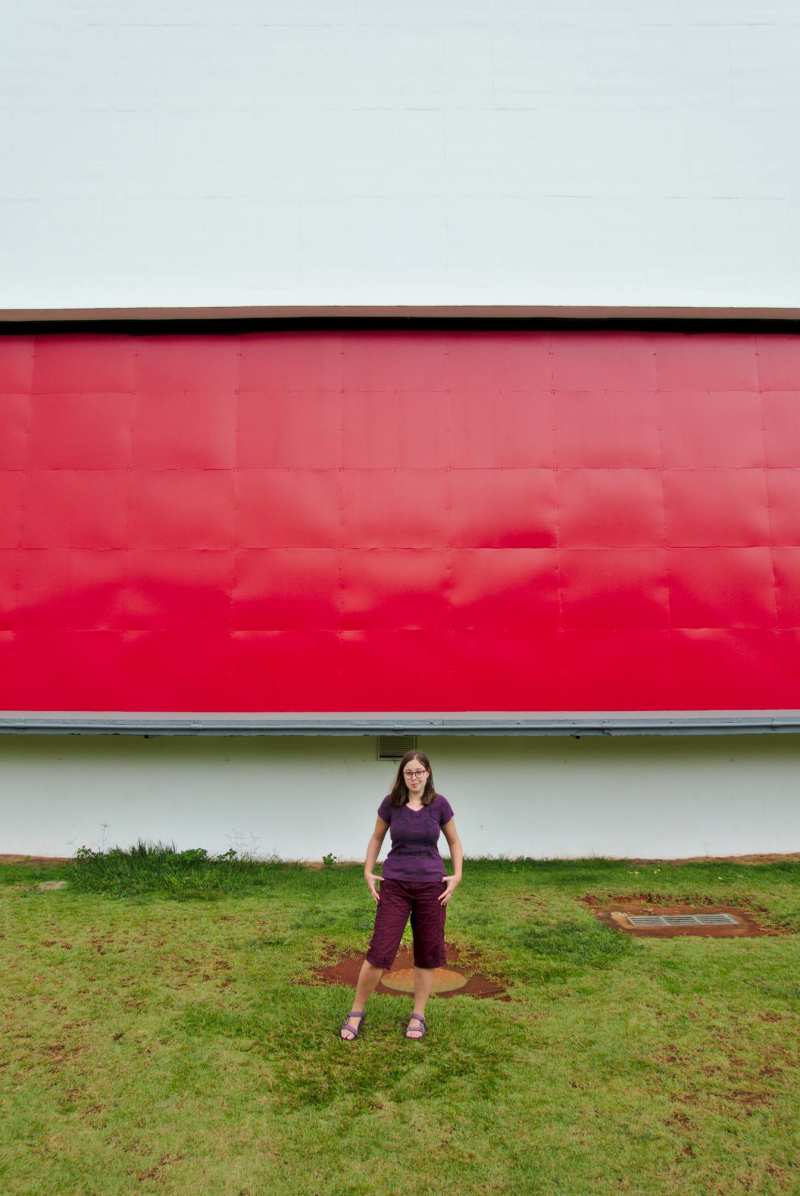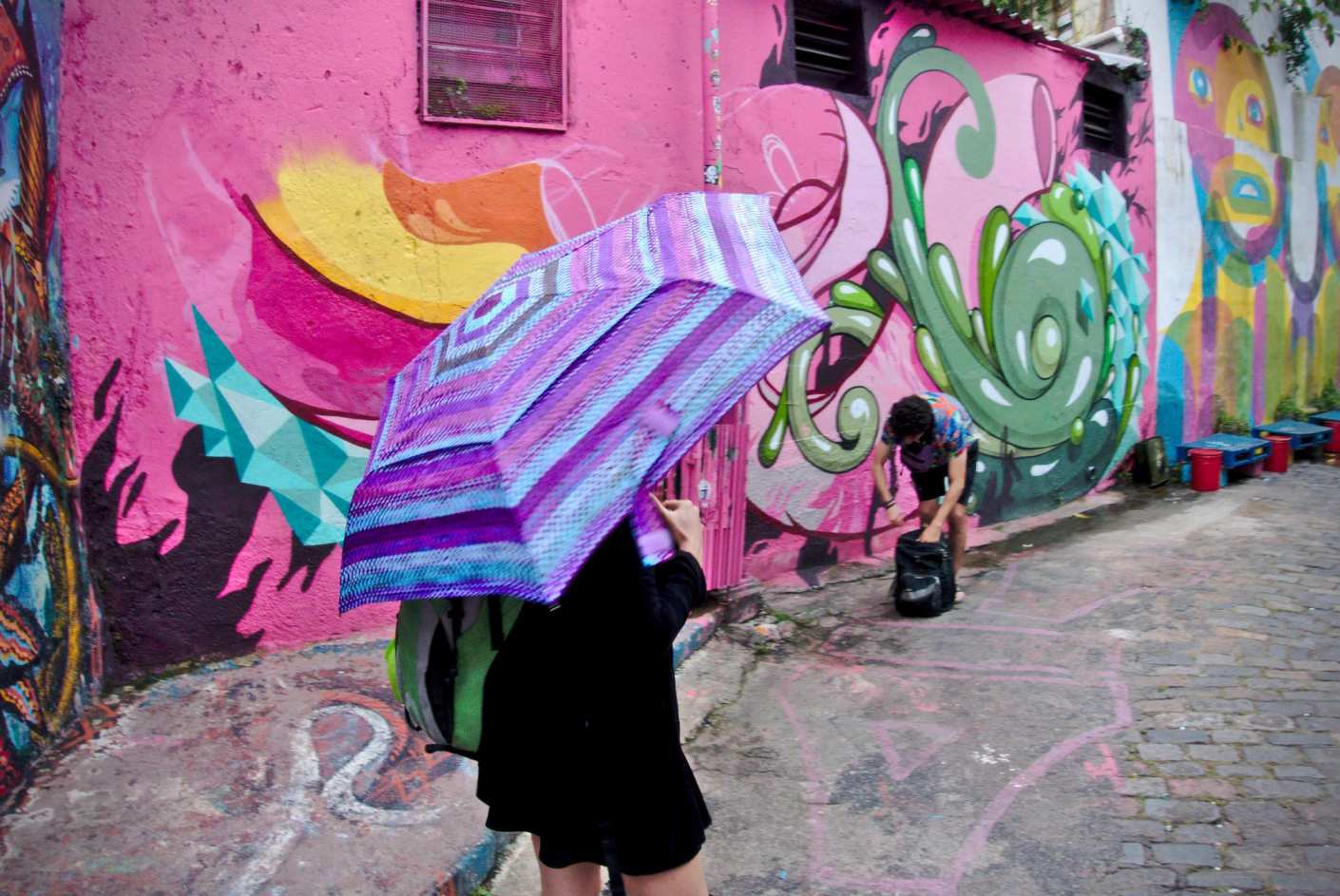The largest city of Brazil and all of South America. Over 20 million inhabitants - sounds overwhelming. The term “concrete jungle” fits São Paulo perfectly. We liked getting lost in its thicket much more than we expected at the beginning.
Our way to SP
For the first time in out lives, we are travelling and we’re not in a hurry. We have outright abused this luxury on the route from Rio de Janeiro to São Paulo. Already on the first day, we have accepted a driver’s invitation to his summer house on the coast in the suburbs in order to meet his family. Actually, the remaining part of his family, because the person who convinced him to take us, was Mayra, an 11-year-old girl, who occupied the front seat.
We spent the afternoon in real Brazilian style, walking on the beach and relaxing in the shade. We communicated with our new friends mainly through Google Translate, but the conversation was surprisingly smooth. At night we went together to a local carnival party.



We continued our journey the next day, full of ice cream made from coconuts growing in the same yard we slept in. Apparently Mayra, who managed to really get attached to Wera, is already dreaming to visit us in Poland (in winter, to see the snow).
The next day we visited the real pearl of this part of Brazil - the colonial town of Paraty, inscribed on the UNESCO World Heritage List. At the time of the gold rush, it was a huge port from which ships full of this precious metal set off to Portugal. The rich history has left a well-preserved center with whitewashed walls and streets paved with stones.



The city in three days
We got from Paraty to São Paulo with a German-Argentinean couple who were in a hurry to get to Buenos Aires. It went faster than we had imagined, so we spent the night in a tent, and it wasn’t until the next day that we moved to our Couchsurfing host Michael. It was the first night of the trip arranged by Couchsurfing. A very positive experience!
Our visit wasn’t particularly intense, but we managed to get to some interesting places in Sao Paulo. Compared to Rio de Janeiro, the city seemed much more “ordered”. Unfortunately, as with Rio, you could see a darker side of the city in the form of numerous homeless people on the streets. There was no favelas visible, but only because they are located on the outskirts of the metropolis.

What did we see in São Paulo?
Cathedral
The temple definitely impresses with its size. At first glance, it is a typical neo-Gothic church, but when you look closely at the numerous ornaments, you notice a lot of characteristic references to Brazilian nature. Interestingly, the cathedral was built exactly on the Ibex Tropic.

Avenida Paulista
A business artery surrounded by glass skyscrapers on both sides. Here, you can clearly see here why this city is often compared to New York… On Avenida Paulista stands the famous MASP museum, known for its building. We didn’t enter because of our limited time in São Paulo, but apparently it’s worth it.

Liberdade: Japanese District
We’ve never been to Japan, or even in any other Japantown, but in this part of São we definitely seemed oriental. Almost every nook and cranny is occupied by themed shops and restaurants, and asian-style lanterns hang above the streets.

São Bento
A richly decorated church belonging to the Benedictines. We not only visited it, but also participated in the Sunday Mass, accompanied by a Gregorian Choir. However, the 1.5-hour service is a bit of a stretch, especially if you don’t speak Portugese.
Ibirapuera Park
The Brazilian equivalent of Central Park. The huge area of 221 hectares is a great place to escape from city noises. Ibirapuera is also worth visiting because of the fancy buildings by Oscar Niemeyer and the museums hidden inside. We managed to see an exhibition at the Museum of Modern Art. We also planned to visit the Afro-Brazilian Museum, but unfortunately it turned out to be closed for the carnival.

Vila Madalena
São Paulo is a mecca for fans of street art, and its greatest ammounts can be found in the Vila Madalena district. This is where the famous Beco do Batman street is located, with every brick and slab covered with graffiti.


While visiting São Paulo, we also saw a few other city landmarks, such as the Pinakoteka gallery surrounded by a beautiful park, the monumental Teatro Municipal and the Copan skyscraper, designed by Niemeyer (which alone is a pretty goor argument to go there).
Our verdict is that the city definitely does not belong on the list of classically pretty ones, but nevertheless, it fascinates in its own unique way. It certainly didn’t resemble any place we have seen so far.
Practical information
- The São Paulo metro is modern, comfortable and clean. The ride costs 4.4 BRL, which is relatively low, given that you can travel around the entire city in this way, paying only once
- Only a few years ago the carnival did not exist in the city, but it is now one of the largest in Brazil. The samba school parade is not as spectacular here as in Rio, but the street parties are basically the same. It is worth remembering that for this reason, some streets, bus stops and metro stations are closed
- We sincerely reccomend the Estadão restaurant. It is open 24 hours a day on Viaduto Nove de Julho, which is in the very center of the city. Delicious Brazilian cuisine, especially the sandwiches.
View gallery
































